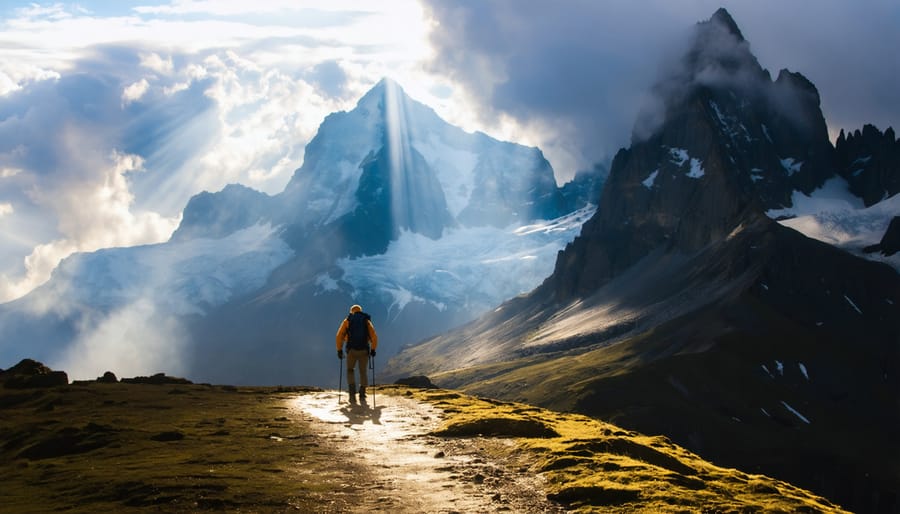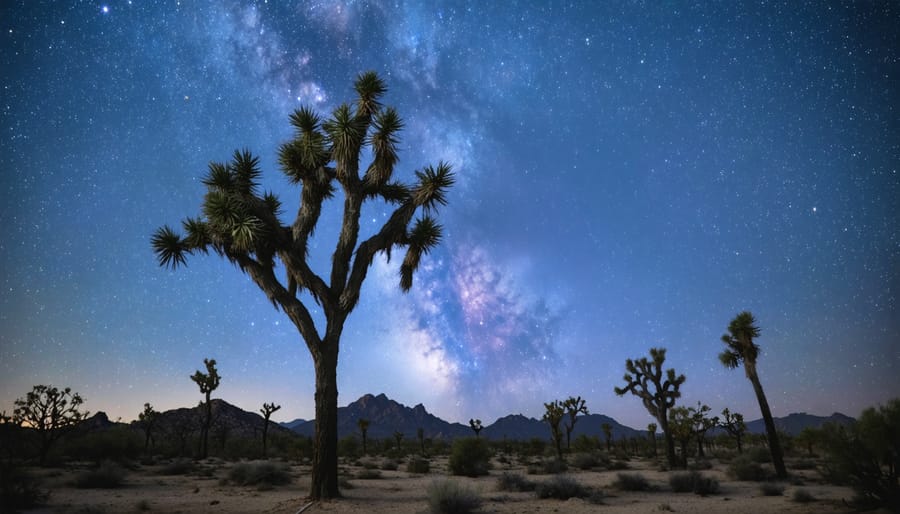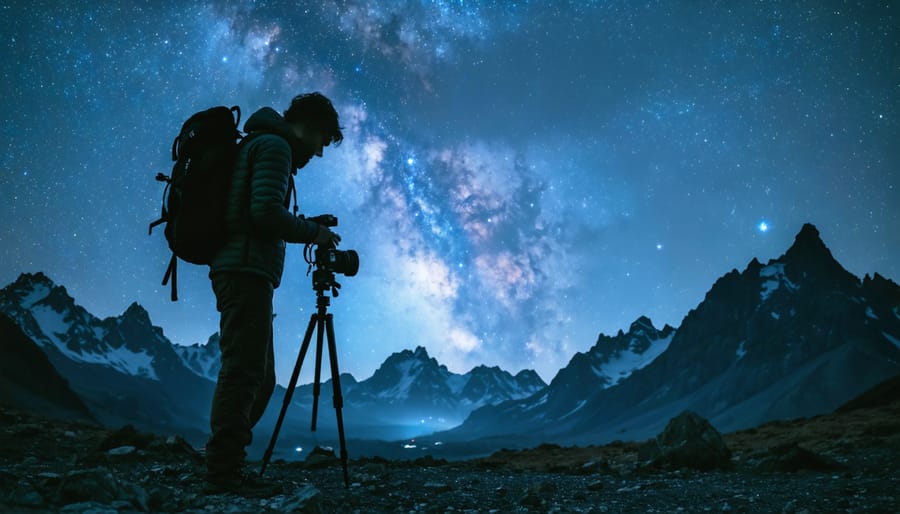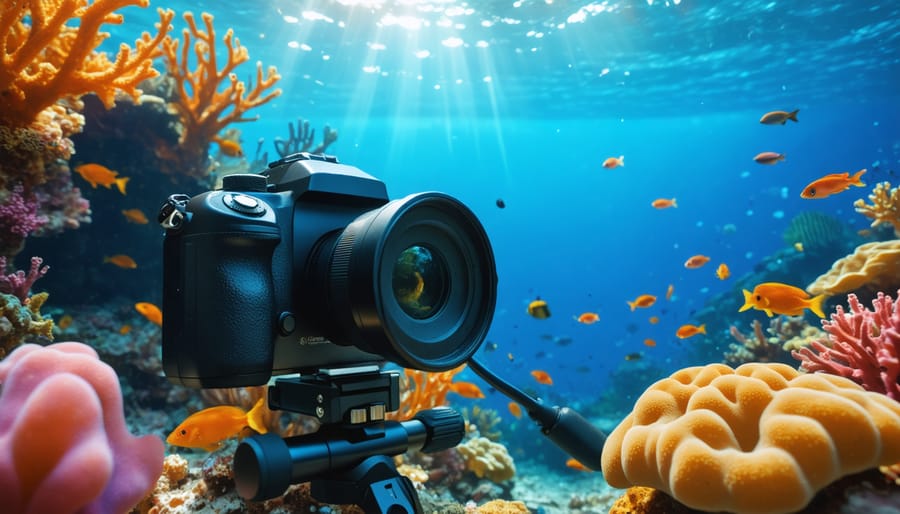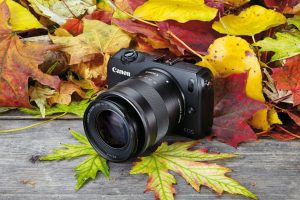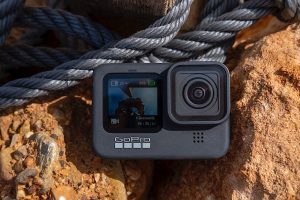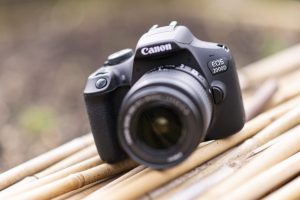Arrive at Glacier Point two hours before astronomical twilight to secure positioning for capturing Half Dome’s granite face against the Milky Way core, visible from late April through early September. This iconic vantage point requires advance planning—the road closes in winter, and summer parking fills by sunset—but rewards photographers with unobstructed views of Yosemite’s most recognizable formations framed by celestial drama.
Scout your specific compositions during daylight hours, marking GPS coordinates and noting foreground elements like Jeffrey pines or granite outcroppings that will anchor your star-studded …
Why Your DSLR Still Wins at Wilderness Night Photography
Master your DSLR’s manual mode before venturing into the darkness—automatic settings will fail you when ambient light disappears and your camera struggles to find focus points. Set your aperture to its widest opening (f/2.8 or lower if possible), start with ISO 3200, and experiment with shutter speeds between 15-30 seconds for star-filled skies without trailing. Switch to manual focus using your lens’s infinity mark, then fine-tune by zooming into live view on a bright star or distant light source.
Your DSLR’s mirror mechanism and robust sensor make it ideally suited for …
How Desert Darkness Transforms Your Night Photography (And What Your Camera Won’t Tell You)
Master your camera’s manual mode before venturing into the desert darkness—automatic settings will fail you when temperatures plummet forty degrees after sunset and your sensor struggles to find focus on distant stars. Set your aperture between f/2.8 and f/4 for maximum light gathering, your shutter speed between 15-25 seconds to avoid star trails (use the 500 rule: divide 500 by your focal length), and push your ISO to 3200-6400 depending on your camera’s noise performance.
Scout locations during daylight hours to identify compelling foreground elements like weathered rock formations, ancient Joshua trees, or …
Capture Winter’s Magic: Expert Tips for Night Photography in the Wild
Bundle up in layers and venture into the crisp winter darkness, where pristine snow transforms ordinary landscapes into ethereal canvases for wilderness night photography. Against the backdrop of star-filled skies, winter nights offer unique opportunities to capture nature’s most dramatic moments – from the dance of the Northern Lights to the pristine silence of snow-covered forests bathed in moonlight.
Master this challenging art form by embracing winter’s distinctive conditions. The …
Master Mountain Photography in Extreme Conditions (Pro Secrets Revealed)
Mountain landscape photography demands mastery of both technical precision and artistic vision, where dramatic peaks, ever-changing weather conditions, and breathtaking vistas create uniquely challenging yet rewarding opportunities. As first light breaks over jagged ridgelines or storm clouds gather around snow-capped summits, photographers face a delicate balance of capturing both grand scenes and intimate details while battling extreme conditions and rapidly shifting light.
The art of photographing mountains extends far beyond simply pointing a camera at impressive peaks. It requires understanding how morning alpenglow transforms …
Capture Joshua Tree’s Starlit Magic: Essential Night Photography Tips
Stand beneath the twisted silhouettes of ancient Joshua trees while capturing the Milky Way in one of North America’s premier dark sky destinations. Joshua Tree National Park’s unique desert landscape transforms into a photographer’s paradise after sunset, offering unparalleled opportunities for night photography in wilderness areas. With minimal light pollution, clear desert air, and otherworldly rock formations, the park presents perfect conditions for capturing stunning astral photographs …
Master Low-Light Wilderness Photos (Without Using Flash)
Master the art of capturing stunning wilderness after dark by mastering your camera’s manual settings. Switch to full manual mode and set your ISO between 1600-3200 to capture sufficient light while managing digital noise. Open your aperture to its widest setting (typically f/2.8 or lower) to maximize light gathering capability, and start with a 15-20 second exposure to capture star trails and ambient light. Position your tripod on solid ground and use your camera’s timer or a remote shutter release …
Night Photography in the Wild: Master the Art of Wilderness After Dark
Standing beneath a star-filled sky with your camera poised, night photography in wilderness settings demands both technical precision and artistic vision. Venture beyond city lights to capture the raw beauty of nocturnal landscapes, where moonlit mountains cast long shadows and the Milky Way stretches across pristine skies. Master the delicate balance between extended exposures and optimal ISO settings while battling the challenges of complete darkness, unpredictable weather, and remote locations. Whether you’…
These Underwater Photographers Changed How We See Our Oceans
Beneath the surface of our world’s oceans, a select group of photographers has revolutionized how we perceive marine life and underwater ecosystems. From Bruce Mozert’s groundbreaking 1938 underwater housing innovations to modern masters like David Doubilet and Brian Skerry, these visual storytellers have transformed simple captures into powerful tools for ocean conservation and scientific documentation.
Their images—crystalline portraits of endangered species, haunting shipwreck landscapes, and intimate moments with marine mammals—have not only advanced underwater photography techniques but have also played a …
Essential Underwater Camera Gear That Actually Survives the Deep
Plunge into professional-quality underwater footage with precision-engineered housings that protect up to $50,000 worth of camera equipment at depths exceeding 200 feet. Master the fundamentals of underwater photography essentials with specialized wide-angle dome ports that maintain image clarity and minimize distortion in challenging aquatic environments. Transform ordinary marine scenes into cinematic masterpieces using powerful underwater lighting systems that cut through murky waters and …





